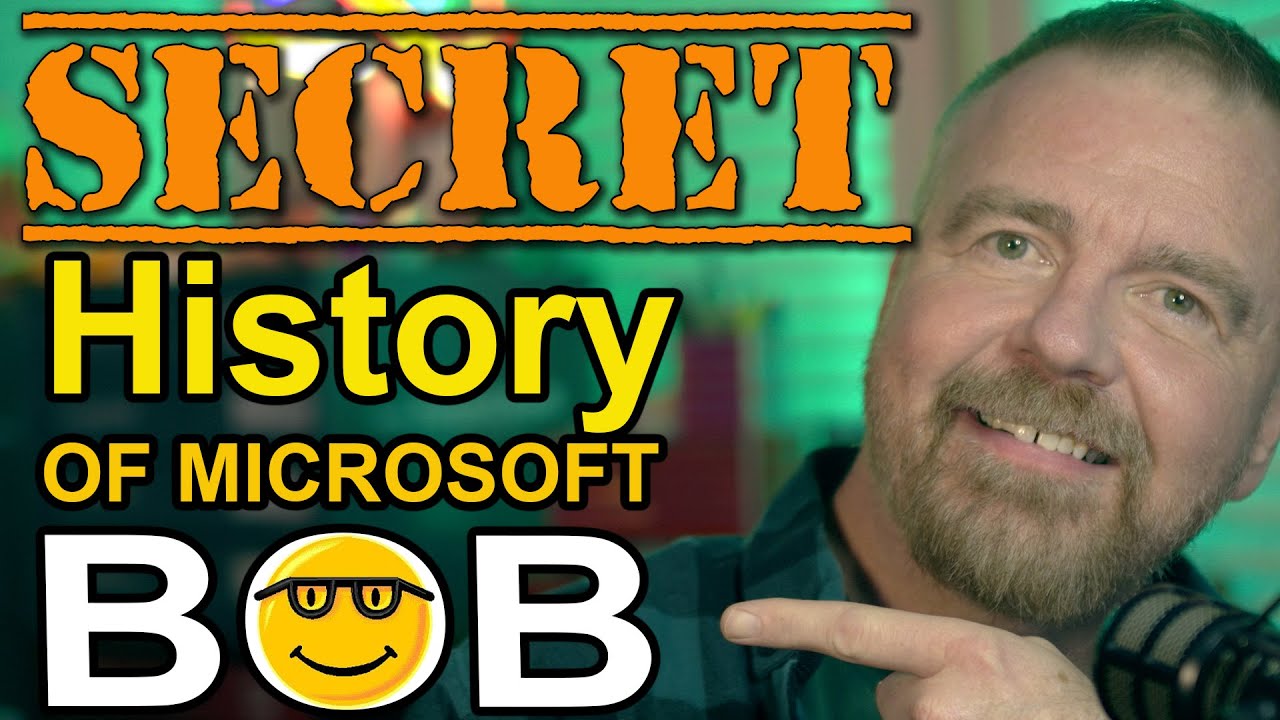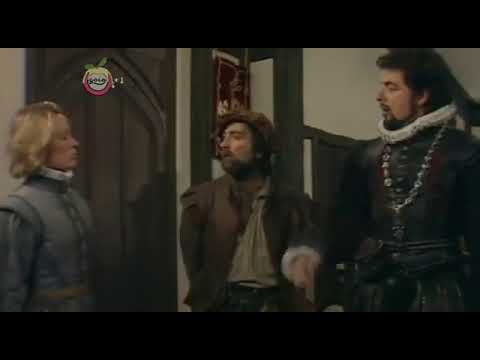Retired Microsoft developer ‘davepl’ reveals little-known secrets about Microsoft Bob, a Microsoft replacement desktop shell that shipped in 1995, including the legend that that a copy of Bob was secretly included within every copy of Windows: was secret software hidden on the Windows CD?
2020 is the 25th Anniversary of Microsoft Bob and this is the first I’ve ever spoken of this, inside or outside the Company, with the exception of letting one other Windows developer in on it way back. I’m the former ‘davepl’ at Microsoft and you might know me from such software applications as “Windows Task Manager” and “Windows ZIP Folders” and the WindowsNT port of “Space Cadet Pinball”, “Windows Product Activation”, the NT “Media Center”, and misc stuff as far back as MS-DOS.
For context, I’m one of the few developers that hates Computer Easter Eggs. I philosophically reject compromising user time, space, or reliability for my own vainglorious boasting, so I’ve never added one, and this is no exception - not a single byte of additional space, nor of computing power, nor of bandwidth, was ever due to the origin of the ballast. Nor was there any code that awaits anything - or any code at all, for that matter. I’m from the days the you knew how many cycles each instruction took, and when every byte was sacred. I would never do such a thing!
The ballast described was necessary to the technical solution already chosen, so a different origin (random data, the compressed works of Shakespeare, or whatever) would not have been any smaller or different. In other words, not a single byte more was consumed due to how the ballast was created. It was a doff ‘o the cap to a sentimental product done in a way that neither added to nor took away from Windows in any way.
To reiterate, not a single line of code was ever added to the product related to this, and not a single byte additional was consumed by the data. The only relation to the original Bob was in the seeding of the process that yielded the pseudorandom encrypted ballast data that we had to have anyway. That’s it.
Hope you enjoy the story! BTW, I’m nothing but proud of the work we did back then and this is one of a million stories from those days. If there’s an appetite for this kind of thing, please give it a like or let me know!
TLDR: Microsoft Bob was used to see the pseudorandom encrypted digital ballast used to fill some of the unused space on the CDs for copy protection purposes. Credit due to Microsoft employee Raymond Chen for discussing this publicly on his blog and in a Scott Hanselman podcast as far back as 2007!

